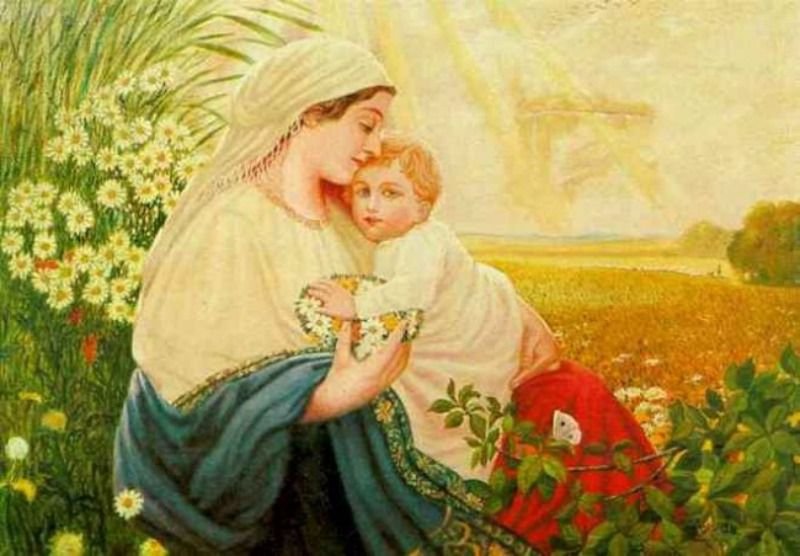
One of the Paintings Painted by Hitler
Adolf Hitler, the leader of the Nazi Party in Germany in the years leading up to and during World War II, was also a painter. He produced hundreds of works and sold his paintings and postcards in an attempt to make a living during his years in Vienna (1908-1913). A number of his paintings were recovered after World War II and sold at auctions for tens of thousands of dollars. Others were seized by the U.S. Army and are still in the possession of the U.S. government.
Hitler had a calculated approach to representing architecture in his paintings. Rather than advancing in his artistic influence, his works mimicked 19th-century artists and many of the masters who preceded him. He claimed to be a blend of many artistic movements, but it is evident that he was primarily inspired by Greek-Roman classicism, the Italian Renaissance, and Neoclassicism. He admired the technical ability of these artists, as well as the comprehensible symbolism. Rudolf von Alt was his greatest ‘teacher,’ as he called him. There is a similar use of color and subject between the two, but Alt presents imaginary landscapes with equal – if not more – attention to nature and the surrounding environment than to architecture.
In his autobiography ‘Mein Kampf,’ Adolf Hitler described how in his youth he aspired to become a professional artist, but his ambitions were shattered due to his failure in the entrance exam of the Academy of Fine Arts Vienna. Hitler was rejected twice by the academy, once in 1907 and again in 1908. In his first exam, he succeeded in the preliminary part; which required drawing two designated iconic or biblical scenes, in two sessions of three hours each. The second part required presenting a pre-prepared portfolio of works to the examiners. It was noted that Hitler’s works contained ‘very few heads.’ The academy considered that he had more talent in architecture than in drawing. One of the teachers, who was sympathetic to his situation and believed he had some talent, suggested that he apply to the academy’s School of Architecture. However, this required returning to the high school he had left, which he was unwilling to do.
Later, when he was painting and trading postcards depicting views of Vienna, Hitler frequented artists’ cafes in Munich, hoping in vain that professional artists would help him achieve his ambition to become a professional painter.
According to a conversation in August 1939, just before the outbreak of World War II, which was published in the British ‘Blue Book of War,’ Hitler told the British Ambassador Neville Henderson, ‘I am an artist, not a politician. Once the Polish question is settled, I want to end my life as an artist.








































Discover more from History in Pictures
Subscribe to get the latest posts sent to your email.